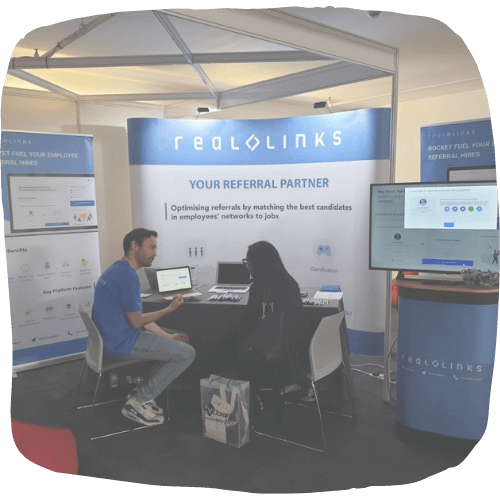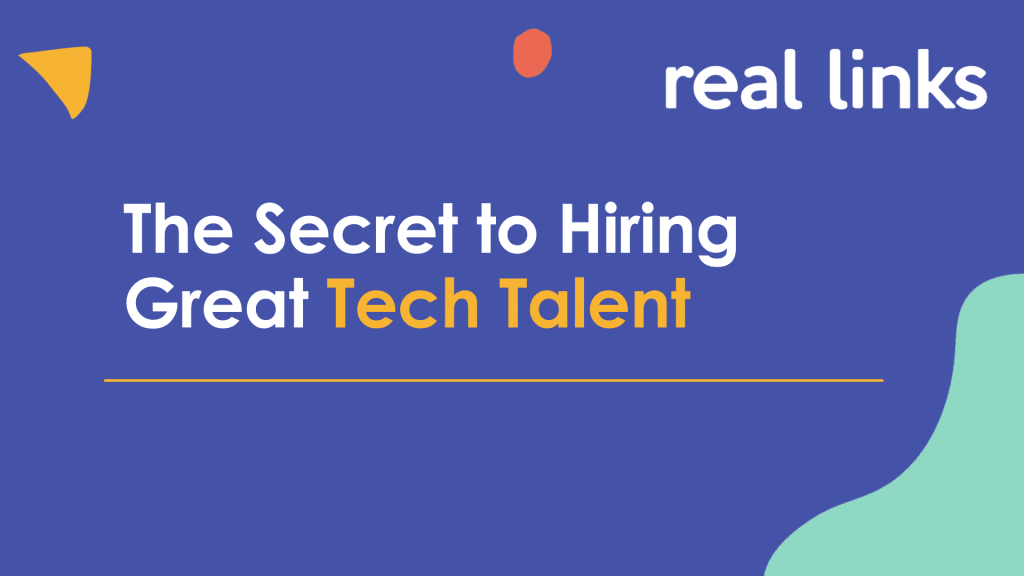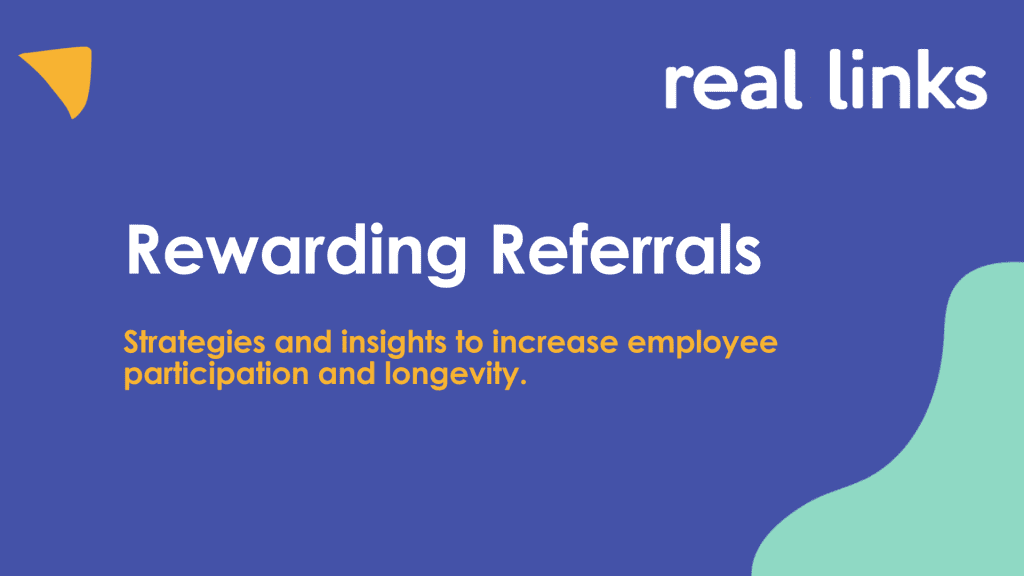Last week, on the 10th of September, we had the pleasure of exhibiting at IHL London ’19. The industry defining event saw over 1,000 attendees come together to explore the many developments taking place in recruitment. This year’s conference was filled with speakers and exhibitors who are providing new approaches to hiring solutions coupled with representatives from some of the biggest enterprises worldwide. Must attend events like IHL London ’19 prove that the HR scene is on the brink of major advancements fuelled through remarkable technology and innovation.
We had a great time meeting and exchanging insights with people from companies spanning multiple industries such as BT, adidas, Deloitte, The LEGO Group, Gumtree and more. Our team also had the opportunity to attend a number of interesting presentations. Two topics repeatedly featured this year were:
Success Through Technology & Data
The first was how using technology and data is helping companies achieve talent acquisition and retention goals at a higher rate than ever before. Companies investing in new, powerful platforms are finding increases in employee engagement, retention rates, satisfaction and other key performance indicators. The importance of data was also brought up this year at IHL London ’19. It’s vital that companies today track success in recruitment and HR. However, it’s also key to use data to improve upon existing processes by identifying trends such as channels and activities performing better than others and how this information can be used to help improve HR and recruitment processes.
The Power of Social
The second prominent theme was how companies investing in social were experiencing massive benefits in recruitment. Today 79% of firms are experiencing more online visibility once implementing a social advocacy channel. Thanks to this, companies are able to hit their often-challenging recruitment goals. Additionally, content shared by employees receives 8 times more engagement than brand channels. Therefore, speakers pointed out the importance of engaging your employees when investing in these lucrative channels. Finally, forward thinking companies are finding immense success in promoting open vacancies through their employees’ social networks.
Thinking of adopting technology and social to achieve your recruitment goals? Get in touch with us now.









